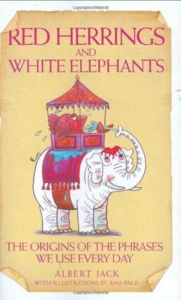Sticky Words Stay With Blog Readers

We business blog content writers, always on the prowl for novel ways to present information to online readers, often rely on memory hooks; I like to call them “sticky words”. About a year ago in my Say It For You blog, I had talked about weight loss company GOLO’s TV commercial (“GO LOse weight., GO Look great, GO Love life”), and about the financial planner who used catchy names for the spending habits of different age groups of retirees (Go-Go – ages 55-54, Slo-Go – ages 65-74, and No Go – ages 75 and up).
In just the past couple of weeks, I came across other examples of “sticky words, phrases that keep popping back into my mind again and again. Phrases don’t have to be slogan-like, I realized after the surgeon who’d performed surgery on my hip cautioned: “Motion is lotion”. (I think about that one every day, careful not to stay seated at my computer too long.) Then, at a recent networking meeting, the owner of a merchant services company used the phrase “Any pay. Any way. Anywhere”. (I like that one, because it made me curious to learn just what was meant.)
“Use simple and sticky phrases people can use to share your beyond-the horizon vision in their own way,” writes Will Mancini in the book God Dreams. “Like the postman,” Mancini continues, “you and your core team must deliver meaning daily in packages both big and small.”
But what, exactly, makes some phrases more “sticky” and memorable than others? Chip & Dan Heath authored an entire book addressing that question – Made to Stick: Why Some Ideas Survive and Others Die. The Heaths named 6 attributes memorable phrases have:
- simple
- unexpected
- concrete
- credible
- emotional
- story
For me, of course, the phrase “Motion is lotion” directly related to my own story (the recent surgery and my need to get back to normal as quickly as possible). Also important was the power of similar sounds. Alliteration (repetition of consonant sounds) and assonance (repetition of vowel sounds) are both ways to add “stickiness” to a phrase, particularly in a blog post title.
At Say It For You, one of our core teachings is that blog posts are not slogans or ads. While a goal of blog marketing is to help readers think of us and remember us, to borrow a Brylcream phrase, a “little dab’ll do ya”!





Follow us online!